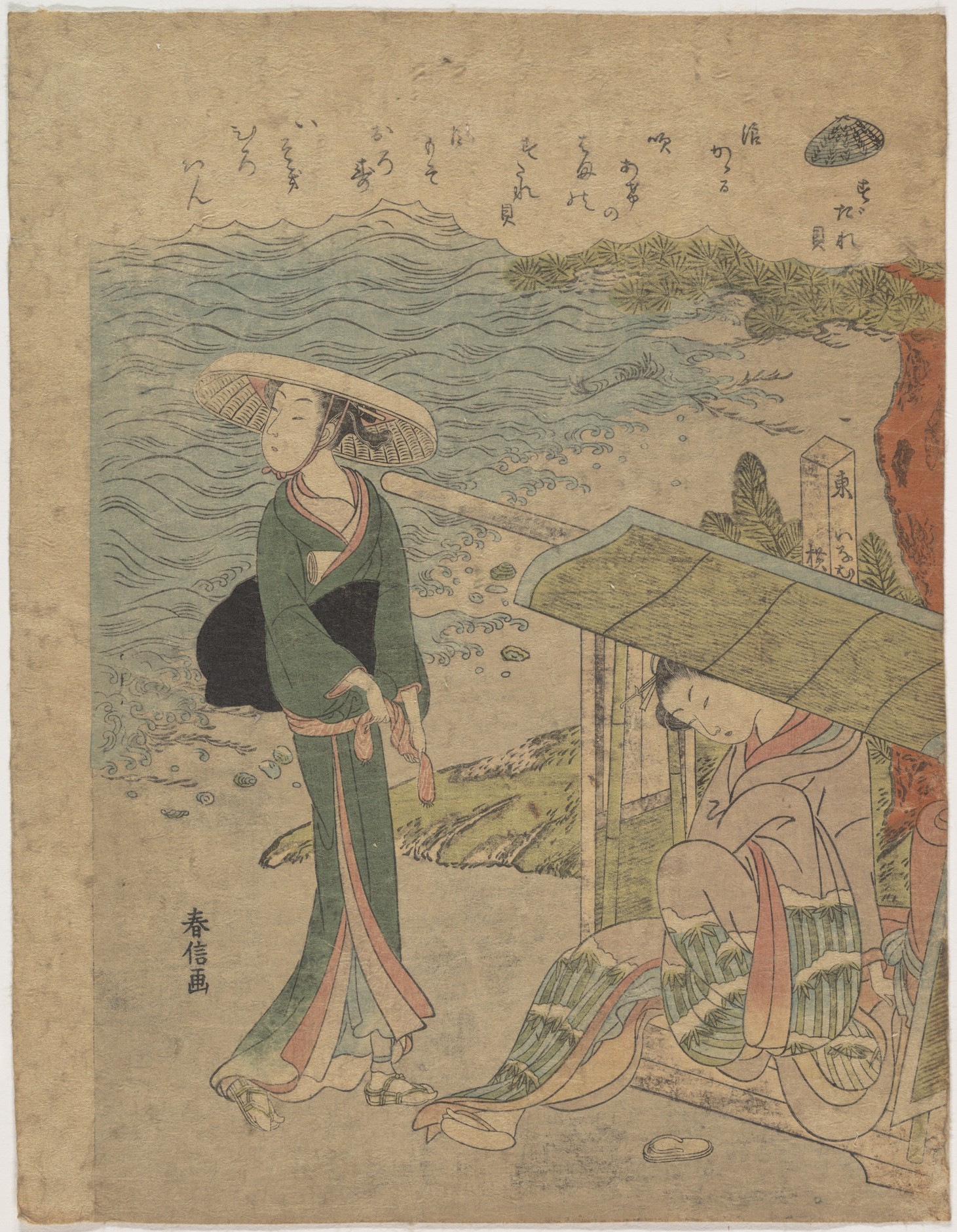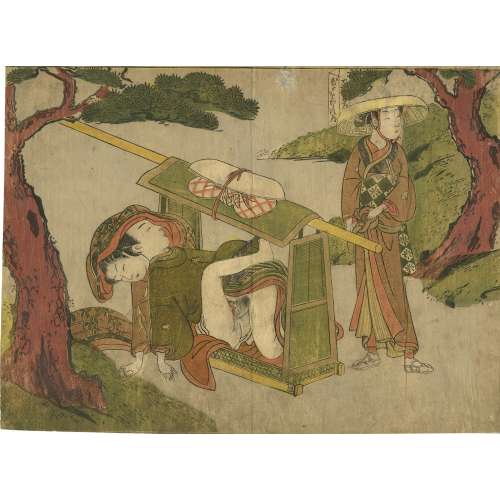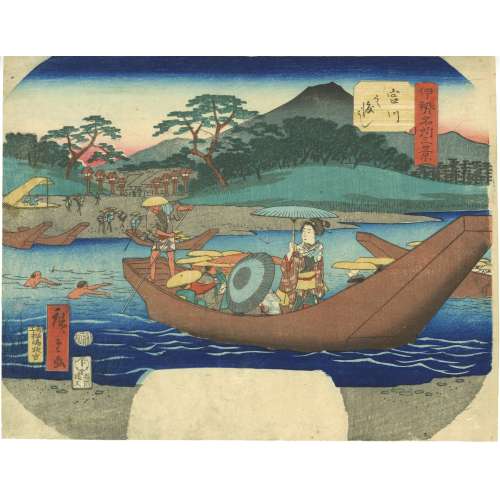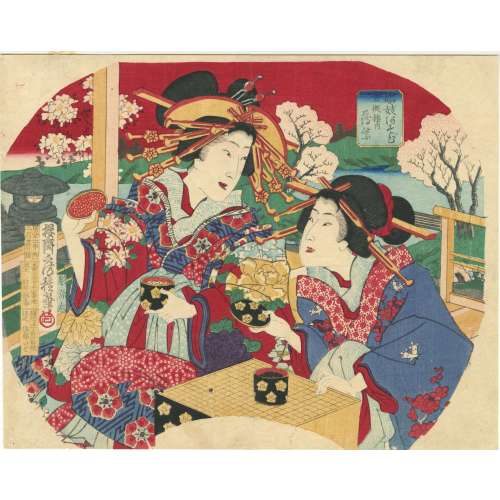
http://www.metmuseum.org/art/collection/search/45071


http://www.metmuseum.org/art/collection/search/45071








 SVJP-0179-6.2014 |
The Hour of the Dragon, Fifth Hour of Day (Tatsu no koku, Hi no itsutsu toki), from the series Twelve Hours of a Modern Clock (Imayo tokei jūniji) 「今世時計十二時 辰ノ刻 日ノ五つ時」 MFA impression: 11.15315. |
 SVJP-0179-1.2014 |
The Hour of the Rabbit, Sixth Hour of Day (U no koku, Ake muttsu toki), from the series Twelve Hours of a Modern Clock (Imayo tokei jūniji) 「今世時計十二時 卯ノ刻 明六つ時」. MFA impression: 11.15317 |
 SVJP-0179-2.2014 |
The Hour of the Monkey, Seventh Hour of Day (Saru no koku, Hi no nanatsu toki), from the series Twelve Hours of a Modern Clock (Imayo tokei jūniji) 「今様時計十二時 申ノ刻 日ノ七つ時」 MFA impression: 11.39692 |
 SVJP-0179-8.2014 |
The Hour of the Horse, Ninth Hour of Day (Uma no koku, Hi kokonotsu toki), from the series Twelve Hours of a Modern Clock (Imayo tokei jūniji) 「今世時計十二時 午ノ刻 日九つ時」. MFA impression: 11.15314 |
 SVJP-0179-4.2014 |
The Hour of the Boar, Fourth Hour of Night (I no koku, Yoru yottsu toki), from the series Twelve Hours of a Modern Clock (Imayo tokei jūniji) 「今世時計十二時 亥ノ刻 夜四つ時」. MFA impression: 11.15552 |
 SVJP-0179-3.2014 |
The Hour of the Tiger, Seventh Hour of Night (Tora no koku, Yoru nanatsu), from the series Twelve Hours of a Modern Clock (Imayo tokei jūniji) 「今世時計十二時 寅ノ刻 夜七つ」. MFA impression: 11.15313 Ref.: Izzard. Kunisada’s world [LIB-2970.2022]. |
 SVJP-0179-5.2014 |
The Hour of the Ox, Eight Hour of Night (Ushi no koku, Yoru no yattsu toki), from the series Twelve Hours of a Modern Clock (Imayo tokei jūniji) 「今世時計十二時 丑ノ刻 夜ノ八つ時」. MFA impression: 11.26906 |
 SVJP-0179-7.2014 |
The Hour of the Rat, Ninth Hour of Night (Ne no koku, Yoru kokonotsu toki), from the series Twelve Hours of a Modern Clock (Imayo tokei jūniji) 「今世時計十二時 子ノ刻 夜九つ時」. MFA impression: 11.15312 |


Actor: Matsumoto Kōshirō IV [[松本幸四郎]; other names: Omegawa Kyōjūrō, Ichikawa Komazō II, Ichikawa Somegorô I, Ichikawa Takejūrō, Segawa Kinji, Segawa Kingo] (Japanese, 1737 – 1802).
Signed: Shunkō ga. Size: Hosoban; 14 x 33 cm. SOLD


 Sano Jirōzaemon [佐野次郎左衛門] – provincial commoner who killed a famous Yoshiwara courtesan named ManjiyaYatsuhashi [万字屋 八ツ橋] (on the second sheet of the pair):
Sano Jirōzaemon [佐野次郎左衛門] – provincial commoner who killed a famous Yoshiwara courtesan named ManjiyaYatsuhashi [万字屋 八ツ橋] (on the second sheet of the pair):
 SVJP-0298.2019: Ichikawa Ebizō V as Sano Jirōzaemon. |
 SVJP-0297.2019: Iwai Kumesaburō III as Manjiya Yatsuhashi |
 One more example can be seen at the two upper images in Waseda University Cultural Resources Database, № 006-2707:
One more example can be seen at the two upper images in Waseda University Cultural Resources Database, № 006-2707:







